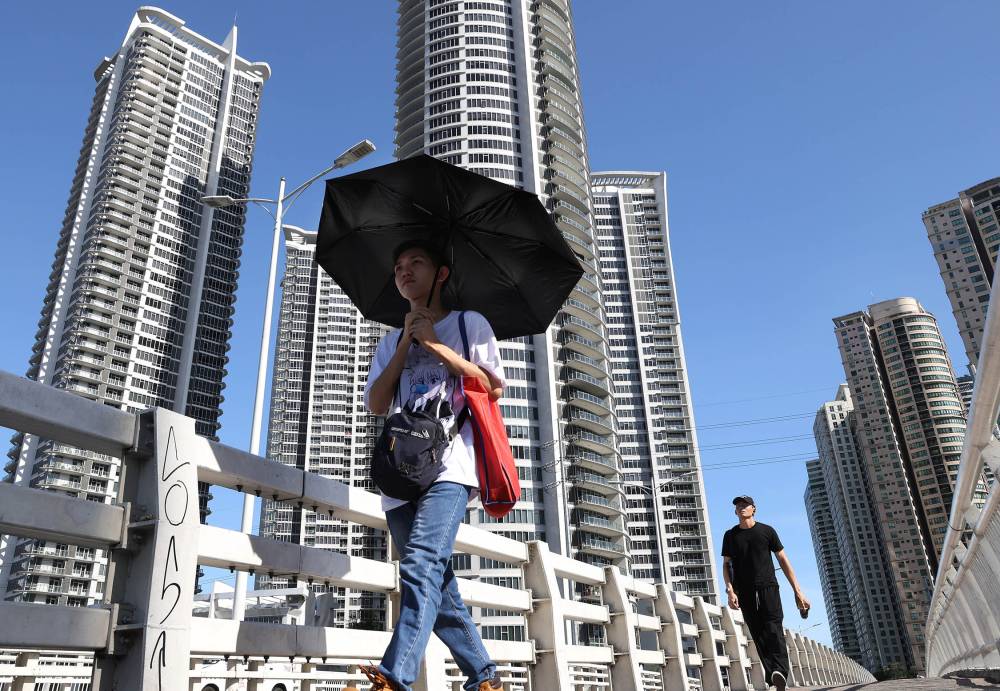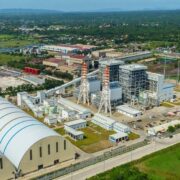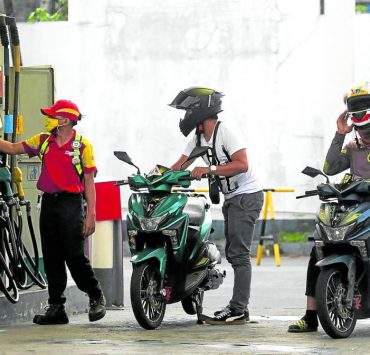It’s time to take the heat seriously, experts warn

Paul John Ala considers Metro Manila’s heat a normal, albeit unpleasant, part of life. But last year was “extremely hot” for the 29-year-old accountant.
Usually, Ala prefers to work from home to save up on commuting costs. But the heat was so intense that “I found myself reporting to the office for two months straight” just to be in air-conditioned rooms. On the weekends, he said, “I stayed in coffee shops… it was so hot that I couldn’t concentrate.”
Ala was one of 4.6 million Filipinos affected by the extreme heat wave that hit the country last year. Heat indices surpassed 42 degrees Celsius and forced the closure of 4,000 schools nationwide. The government declared a state of calamity in about 432 cities, with Cebu City, the most populous in the Visayas region, even declaring a water crisis.
This extreme weather event “would not have happened without climate change,” said World Meteorological Organization Joint Office for Climate and Health lead Joy Shumake Guillemot.
A study assessing the 15-day April heat wave in the Philippines showed that such a weather event was likely to occur every 10 years with climate change, “but under a 2-degree scenario, we can expect those impacts to be happening almost every other year.”
This alarming scenario has prompted the region’s scientists, academics and policymakers to meet in Singapore for the first-ever Global Heat Health Information Network-Southeast Asia (GHHIN) last month. Among their goals, said GHHIN Southeast Asia chair Jason Lee, was to help policymakers craft regional, national and local heat plans to build a more heat-resilient region.
The stakes are particularly high in the mostly tropical region, where people are chronically exposed to heat. “Heat and humidity are actually not new to us in this part of the world, and that is a key reason why, for the longest time, we haven’t taken serious action to counter it,” said Lee, who also serves as director of heat resilience and performance center at the National University of Singapore.
Crafting heat action plans
As climate risks become more complex, so does the need for proactive measures to mitigate heat and foster climate resilience.
Not all countries have heat action plans—or if they do, it’s integrated into their disaster management plans.
A good heat action plan should include early warning systems and coordination, public awareness campaigns, medical professional training, and heat exposure reduction/adaptive measures, said Abhiyant Tiwari, lead for India’s climate resilience and health program.
Ahmedabad, India, implemented South Asia’s first such plan in 2013 after a 2010 heat wave, investing in early warnings, health-care training, and public awareness campaigns. Since then, Tiwari said, the city has successfully avoided more than 1,100 heat-related deaths annually.
In Southeast Asia, Singapore is at the forefront of such efforts. At the heart of its heat action plans is a wealth of epidemiological studies and climate change projections, which they’ve used as a starting point to plan any impacts or adaptation strategies.
Aurel Moise, head of Singapore’s Center for Climate Research, said the city-state has undertaken three national climate change studies since 2007 to better understand the potential impacts of climate change and plan accordingly. The center has provided its data to Brunei and is currently collaborating with the Philippines.
Projections
Many countries were only spurred into action after breaking heat records last year when the world temporarily breached the warming threshold of 1.5 C set under the 2015 Paris Agreement.
This threshold, Guillemot stressed, is “considered the threshold of what is manageable and what will be irreversible damages to global society.”
“At this point, it is not whether it will get hotter, it’s how much hotter it’s going to get and how we’re going to learn to cope with that heat,” she said. “Unfortunately, we are already locked into this hotter future. You can see that even in low and very low emission scenarios, the future is going to be much hotter than what we have experienced in past decades.”
It’s a bigger problem for cities, which are heating up faster than anywhere else, said Winston Chow, cochair of the Intergovernmental Panel on Climate Change. Rapid urbanization and population growth are creating urban heat islands in large part due to human activity, dense infrastructure and heat-absorbing materials like concrete and asphalt.
Regions experiencing the fastest urban growth—particularly in Asia, Africa and South America—are the most vulnerable. Many residents—including the elderly, children and low-income communities—in these areas lack access to cooling technologies or green spaces, making them more susceptible to heat stress.
In the Philippines, heat action is driven by organizations like the Philippine Red Cross (PRC).
Community action
In 2023, PRC signed a memorandum of agreement with the Climate Change Commission to strengthen collaboration in building climate resilience and enhancing disaster response throughout the country.
PRC secretary general Gwendolyn Pang said a big part of that collaboration “focuses on drought and heat waves.” PRC has been working with barangays to integrate heat waves and heat actions into their local plans.
“The awareness is not that high yet at the moment because [heat] is not as dramatic when it comes to the impact that you can see between typhoons and heat waves. Heat wave is a slow-onset concept unlike typhoons which are immediate,” Pang said. “But we raise this awareness at different levels so they can understand that it is actually equally important.”

















